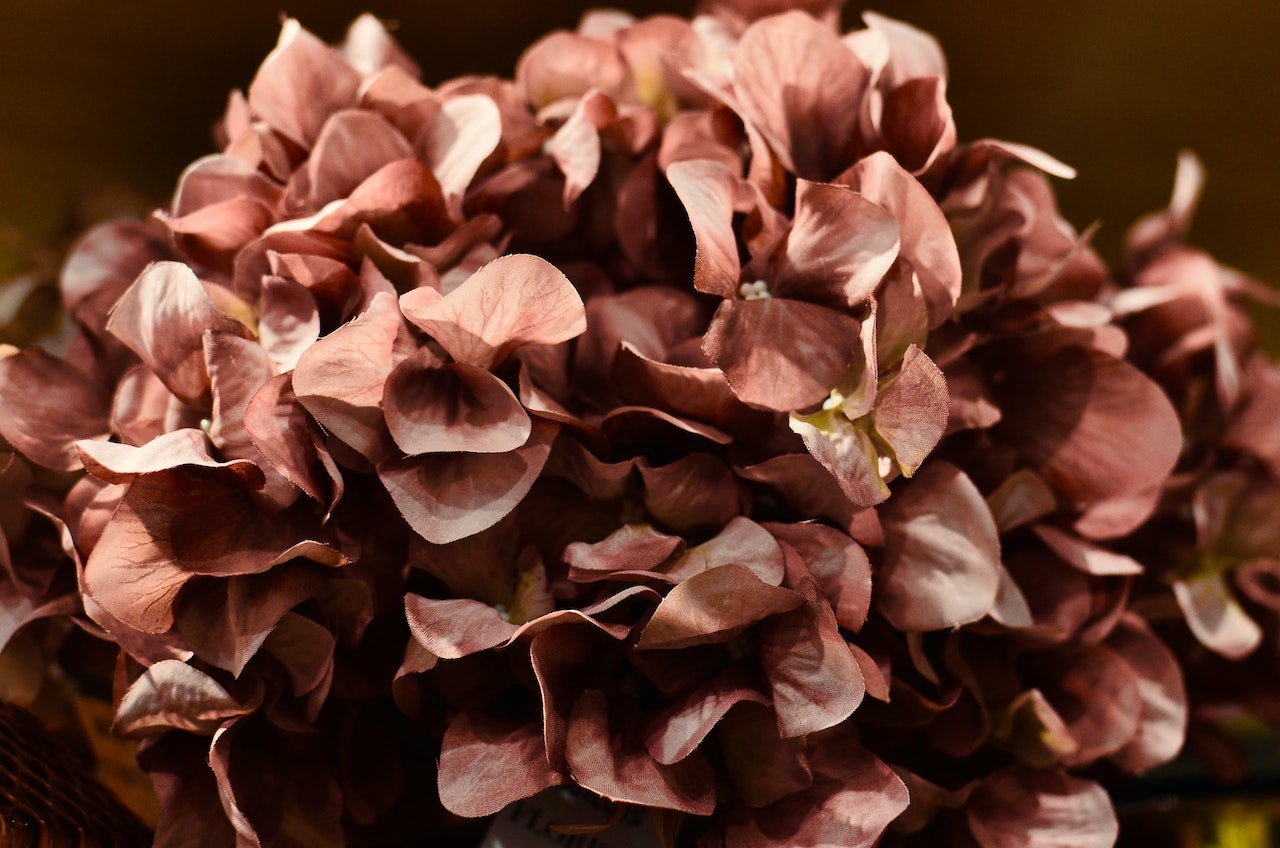Hydrangea flowers are a beautiful addition to any garden and make a perfect gift. They are a symbol of gratitude and understanding, which is why they are often given to express appreciation or sympathy. The meaning of the hydrangea flower and its beautiful petals have been appreciated for centuries.
The hydrangea bloom is distinctive in its design and connotes an array of meanings. It is made up of an outer circle of sterile petals and an inner circle of fertile petals. In nature, this shape symbolizes the sun, with the inner circle representing the center of the sun and the outer circle radiating outward in a corona. As a symbol, this design conveys the idea of encompassing protection and love.
In the language of flowers, hydrangeas have long been associated with gratitude, understanding, and appreciation. This sentiment is even more powerful when given as a gift. When given as a gift, hydrangeas symbolize the feeling of being appreciated and understood. The recipient of a hydrangea may feel as though they are encircled by the warmth and love of the giver.
The hydrangea is also a symbol of harmony and balance. The balance between the inner and outer petals suggests the importance of finding a balance and harmony between yourself and the world around you. This could be interpreted as a reminder to be grateful and maintain an attitude of appreciation and understanding in all areas of life.
In addition to its symbolic meaning, the hydrangea flower is also known for its beauty. The delicate petals and lush colors of a hydrangea can bring beauty and joy to any space. Their bright colors can bring life to a room and their sweet fragrance can bring peace and love.
The hydrangea flower is truly a symbol of gratitude and appreciation. Its unique design and beautiful colors make it a perfect gift to express thanks and understanding.
Hydrangea Meaning in Art, Culture, and Religion
Hydrangea is a popular flower with a number of interesting meanings in art, culture, and religion. The flowering shrubs are closely associated with Greek mythology and the gods Apollo, Dionysus, and Artemis. In addition, the meaning of a Hydrangea plant differs in American and European cultures.
In Greece, Hydrangea is a symbol of abundance. It is said that the gods used the flowers to overflow vessels with nectar, a sign of abundance in the Greek culture. Furthermore, in the ancient world, the Hydrangea was an important symbol of divinity. This was because these flowering shrubs were thought to bloom in the area of the Greek gods.
In Japan, Hydrangea has been tied with the moon and spirits. According to early myths, the plants only bloomed when the moon was shining. In modern times, the flower represents both sorrow and apology. People often give a hydrangea as a sign of apology and understanding.
In Christianity, the flower is associated with repentance and sanctification. This is due to its color, which is often shades of pink, blue, or purple. These colors are often seen as symbols of repentance, sanctification, and renewal.
In Europe, Hydrangea is often seen as a symbol of both beauty and vanity. This is due to the large, lush blooms that often adorn gardens. As such, the flower sometimes has a bit of an ironic sentiment attached to it, especially among older generations.
No matter the culture, however, Hydrangea always has a special place in the human heart. It is associated with beauty, abundance, and mercy, and can be an excellent symbol to bring together a variety of cultures, religions, and traditions.
The Timeless Traditions of the Hydrangea Flower
The Hydrangea flower has a long and rich history that makes its presence one of timeless traditions in many countries around the world. Its name is derived from the Greek for “water pitcher,” which references the large, full blooms that have made it a beloved choice for gardeners for centuries.
In fact, the Hydrangea has been featured in art and literature for centuries. For example, the flower is featured in traditional Japanese art, with the belief being that it has the power to convey emotions. Similarly, the flower is featured in many Chinese paintings, often representing health and wealth.
In modern times, the Hydrangea has become most associated with weddings and other special occasions. Perhaps its popularity derives from its large blooms, which offer height and a lush presence in floral arrangements. The flower also features an impressive range of colors, including pink, blue, and even white. While the color of a Hydrangea is often determined by the soil pH, adding acid-based fertilizers can help encourage a pink or blue hue.
The Hydrangea is also popular for its long blooming season, with blooms lasting from early summer until late fall. Furthermore, the bloom itself can last up to four weeks when cut and used as a vase flower. This makes it the perfect selection for any occasion where flowers are desired, as it ensures longevity that other flowers simply don’t offer.
Overall, the Hydrangea is an excellent choice for both home and event floral decorations. Its combination of beauty, timelessness, and versatility make it one of the most beloved flowers of all times.




